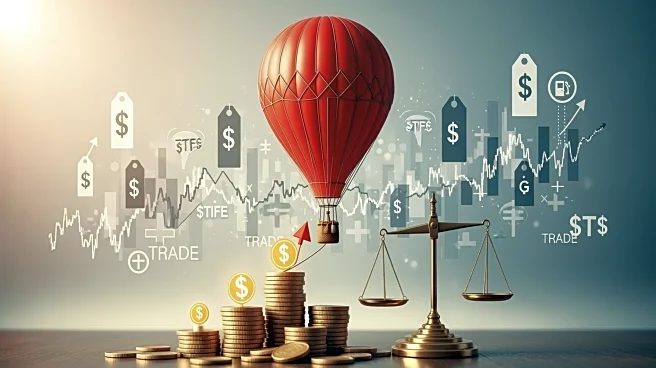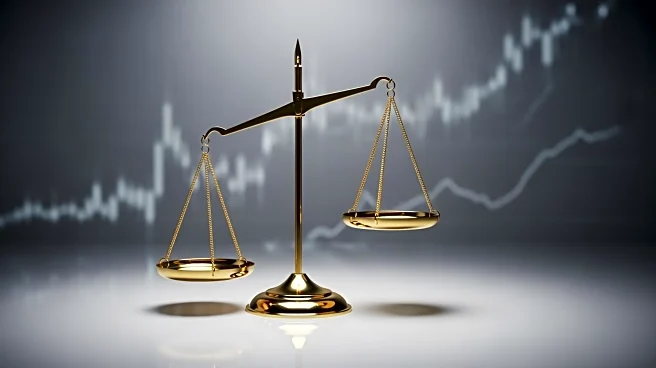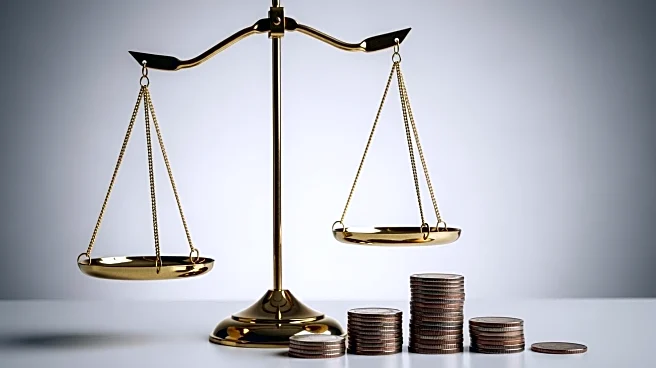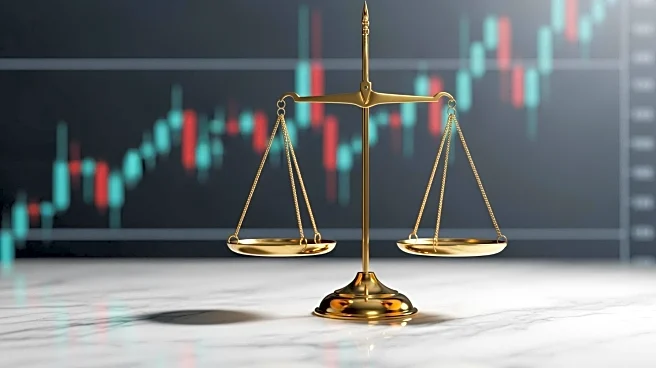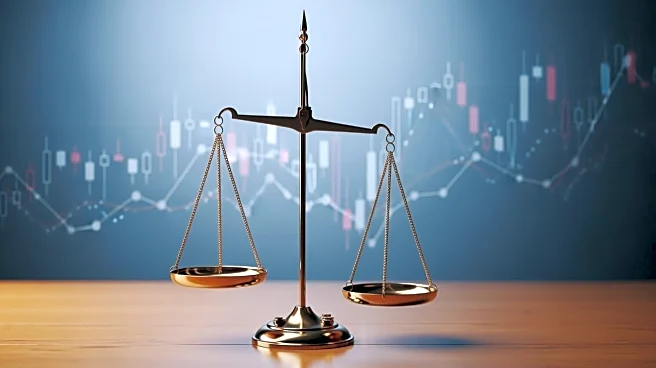What's Happening?
In September 2025, the U.S. experienced an increase in inflation, with the consumer price index (CPI) rising by 3% compared to the previous year, according to the Bureau of Labor Statistics. This marks
an increase from the 2.9% recorded in August. The rise in inflation is attributed to a significant jump in gasoline prices and the impact of tariffs on imported goods such as clothing and furniture. Core commodities, excluding food and energy, also saw a 3% increase. Economists, including Mark Zandi from Moody's, have noted that inflation remains uncomfortably high and is expected to accelerate further. The report, delayed due to a government shutdown, is crucial for understanding the current state of the U.S. economy and comes ahead of a Federal Reserve meeting.
Why It's Important?
The rise in inflation has significant implications for the U.S. economy, affecting both consumers and policymakers. With inflation above the Federal Reserve's target of 2%, there is increased pressure on the Fed to consider policy adjustments. The higher prices, driven by tariffs, are impacting consumer goods, leading to increased costs for households. An analysis by the Budget Lab at Yale suggests that current tariff policies could cost the average household $1,800 in 2025. This situation poses challenges for businesses, which may pass on the increased costs to consumers, further fueling inflation. The ongoing inflationary pressures could influence economic policy decisions and affect consumer spending patterns.
What's Next?
As inflation continues to rise, the Federal Reserve is likely to face pressure to address these economic challenges. The upcoming Federal Reserve meeting will be crucial in determining potential policy responses. Economists predict that while inflation may remain high in the short term, longer-term expectations are somewhat muted, with a potential decline in the second half of the next year as the effects of tariffs diminish. Businesses are currently cautious about passing on costs to consumers, waiting to see the final outcomes of trade negotiations. The situation remains fluid, with potential adjustments in tariff policies and economic strategies likely to impact future inflation trends.
Beyond the Headlines
The current inflationary trend highlights the broader economic implications of trade policies and their impact on consumer prices. The tariffs, acting as a tax on imports, are a significant factor in the rising costs of goods, affecting both businesses and consumers. This situation underscores the interconnectedness of global trade and domestic economic conditions. The delayed pass-through of tariff costs to consumers reflects the complexities businesses face in navigating uncertain trade environments. As the U.S. continues to grapple with these economic challenges, the role of government policy in shaping inflationary trends remains a critical area of focus.
